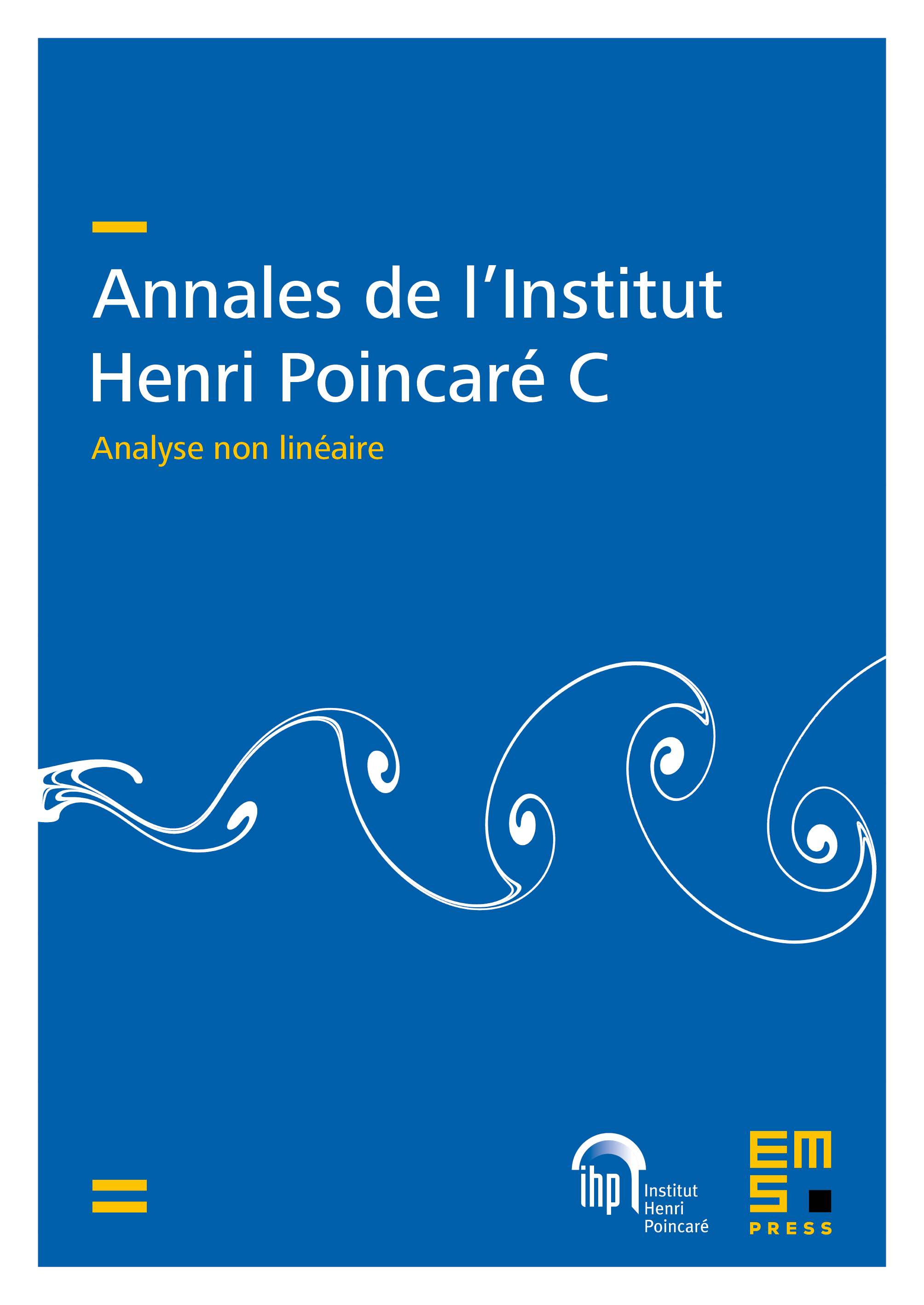Singularities in -supercritical Fokker–Planck equations: A qualitative analysis
Katharina Hopf
Weierstrass Institute for Applied Analysis and Stochastics, Berlin, Germany

Abstract
A class of nonlinear Fokker–Planck equations with superlinear drift is investigated in the -supercritical regime, which exhibits a finite critical mass. The equations have a formal Wasserstein-like gradient-flow structure with a convex mobility and a free energy functional whose minimising measure has a singular component if above the critical mass. Singularities and concentrations also arise in the evolutionary problem and their finite-time appearance constitutes a primary technical difficulty. This paper aims at a global-in-time qualitative analysis with main focus on the isotropic case, where solutions will be shown to converge to the unique minimiser of the free energy as time tends to infinity. A key step in the analysis consists in properly controlling the singularity profiles during the evolution. Our study covers the three-dimensional Kaniadakis–Quarati model for Bose–Einstein particles, and thus provides a first rigorous result on the continuation beyond blow-up and long-time asymptotic behaviour for this model.
Cite this article
Katharina Hopf, Singularities in -supercritical Fokker–Planck equations: A qualitative analysis. Ann. Inst. H. Poincaré Anal. Non Linéaire 41 (2024), no. 2, pp. 357–403
DOI 10.4171/AIHPC/85